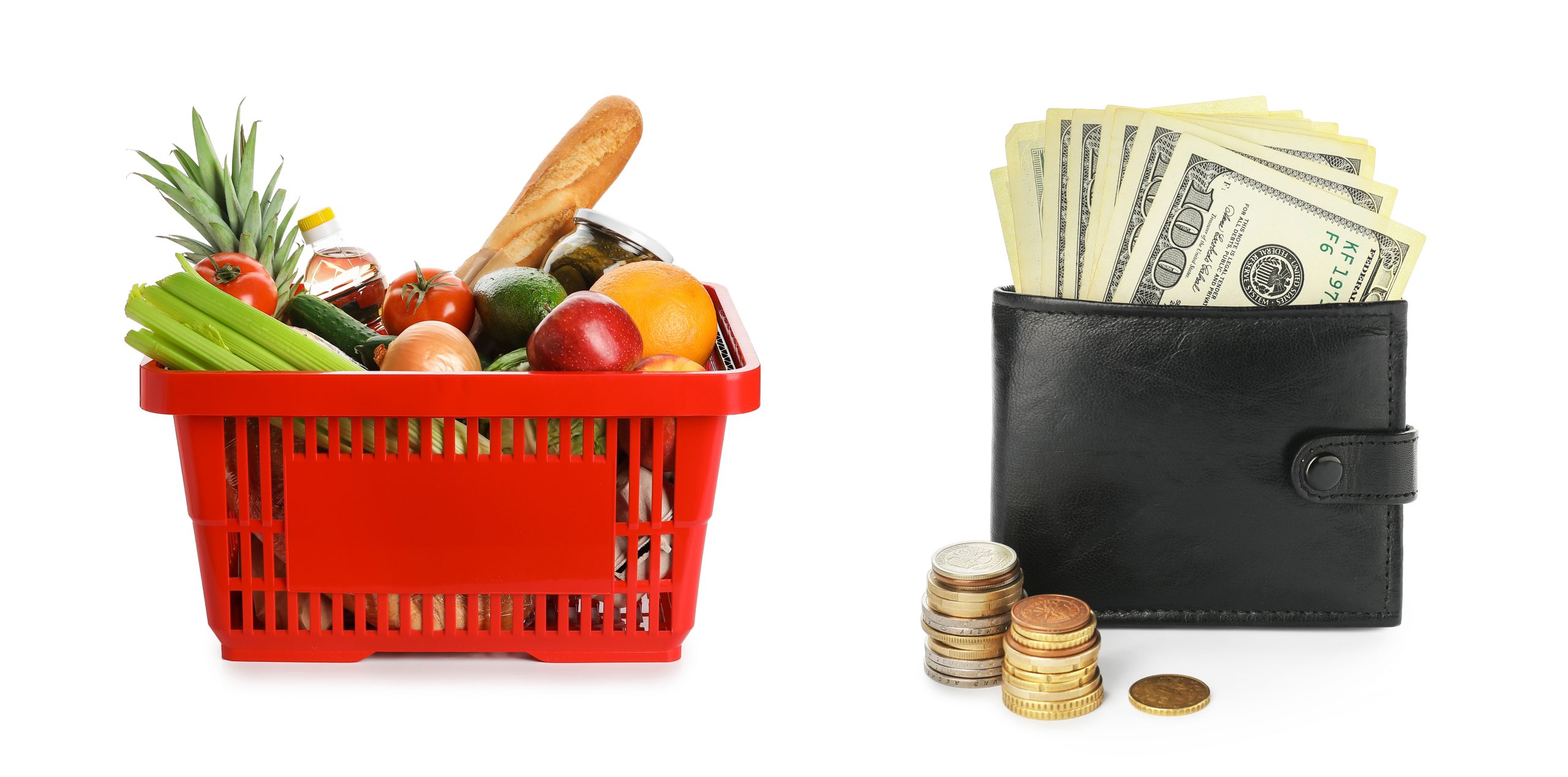Are you tired of overspending on groceries every month? Do you constantly go over your budget and struggle to make ends meet? If so, you’re not alone. Many people struggle with budgeting for groceries, but with some simple tips and tricks, you can learn how to save money and stay within your budget.
One of the biggest challenges when it comes to budgeting for groceries is figuring out how much you should be spending. There are a variety of factors that can influence your grocery budget, including your income, family size, and dietary restrictions. Additionally, food prices can vary widely depending on where you live and what time of year it is.
In this article, we’ll explore some of the best strategies for budgeting for groceries. From tracking your spending to meal planning and beyond, we’ll provide you with the tools and information you need to save money and stay within your budget. Whether you’re a seasoned budgeter or just getting started, these tips will help you take control of your grocery spending and achieve your financial goals.
Assessing Your Needs
Before creating a budget for your groceries, you need to assess your needs.
This involves determining what you need and how much this is likely to cost.
Evaluating Your Grocery Needs
The first step in assessing your needs is determining what is actually a need . It can be easy to think that everything you put into the grocery trolley or basket is a need, especially when something is on special.
To help determine what is a genuine need within your home before going to the grocery store, look around the house for what is actually needed.
When it comes to food, write out a meal plan for the week to determine what ingredients will be needed.
Once you have a clear picture of your needs it’s then a matter of determining how much you can realistically afford to spend on groceries each month.
Planning Your Purchases
When it comes to grocery shopping, planning ahead is key to sticking to your budget. Here are a few tips to help you plan your purchases:
Making a List
The first step in planning your grocery purchases is to make a list of the items you need. Start by checking your pantry and fridge to see what you already have on hand. Then, make a list of the items you need to buy for the week or month.
Having a list helps you stay focused and avoid impulse purchases. It also helps you avoid buying duplicates of items you already have at home.
Comparing Prices
Another way to save money on groceries is to compare prices. Check the prices of the items on your list at different stores to see where you can get the best deals.
You can also compare prices on different brands of the same item. Sometimes, the store brand or generic version is just as good as the name brand, but at a lower price.
Using Coupons and Discounts
Coupons and discounts can also help you save money on your grocery purchases. Look for coupons in your local newspaper or online. You can also check the store’s website or app for digital coupons.
Many stores also offer discounts for loyalty program members or for buying certain items in bulk. Take advantage of these discounts to save even more money on your grocery purchases.
Shopping Strategically
One of the most important aspects of budgeting for groceries is shopping strategically. Here are a few tips to help you make the most of your grocery budget:
Avoiding Impulse Buys
One of the biggest budget-busters at the grocery store is impulse buys. To avoid these, make a list before you go shopping and stick to it. Don’t be tempted by sales or special deals on items you don’t really need. If you do see something you want to buy, take a moment to ask yourself if it’s really necessary and if it fits within your budget.
Buying in Bulk
Buying in bulk can be a great way to save money on groceries, especially for non-perishable items like rice, pasta, and canned goods. Check the unit price to make sure you’re getting a good deal, and make sure you have enough storage space at home to store the items. Consider splitting bulk purchases with friends or family members to save even more.
Choosing Store Brands
Store brands are often just as good as name-brand products, but cost much less. When shopping, compare the prices of store brands and name-brand products to see which is the better deal. You may be surprised to find that the store brand is actually better quality than the name-brand product.
By shopping strategically, you can make the most of your grocery budget and save money in the long run.
Staying on Track
Tracking Your Spending
One of the most important steps to staying on track with your grocery budget is to track your spending. This will help you understand where your money is going and identify areas where you can cut back. Keep grocery store receipts and track your spending using a spreadsheet or budgeting app. Be sure to include all food-related expenses, including groceries, eating out, drinks out, and coffee runs.
Once you have a clear idea of your current spending habits, you can start to identify areas where you can cut back. Look for patterns in your spending and identify any unnecessary expenses. For example, you might find that you’re spending too much on snacks or convenience foods. By identifying these areas, you can adjust your budget and make more informed decisions about your spending.
Adjusting Your Budget
Once you’ve tracked your spending and identified areas where you can cut back, it’s time to adjust your budget. Start by setting realistic goals for your spending and create a budget that reflects these goals. Be sure to include all food-related expenses, including groceries, eating out, drinks out, and coffee runs.
If you find that you’re consistently overspending in certain areas, it may be time to adjust your budget. Look for areas where you can cut back and consider reallocating those funds to other areas of your budget. For example, if you’re spending too much on eating out, you might consider cooking more meals at home.
Remember, it’s important to be flexible with your budget and adjust it as needed. Life happens, and unexpected expenses can arise. By staying on top of your spending and adjusting your budget as needed, you can stay on track and achieve your financial goals.
Summary
Doing groceries on a budget means finding out what your needs are by searching around the home for items that need replacing and what ingredients are needed for the meal plans you’ve created for the week.
Then once you have a list of items to purchase, do some pre-planning by checking the cost of the items needed. Catalogs can also help if your grocer doesn’t have an internet site.
Finally, once you’ve determined what you need and how much it will cost, check this against your budget to see if it fits within your allocation. If not, see if items within your list can be purchased for cheaper rates, or for less quantity.

